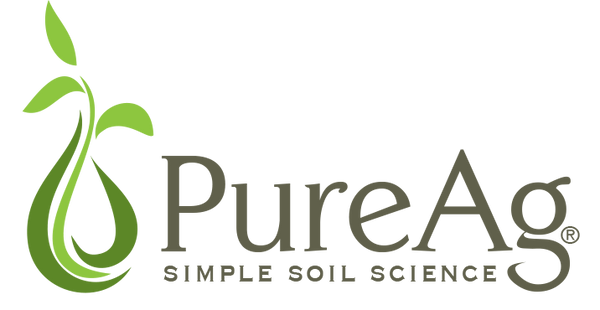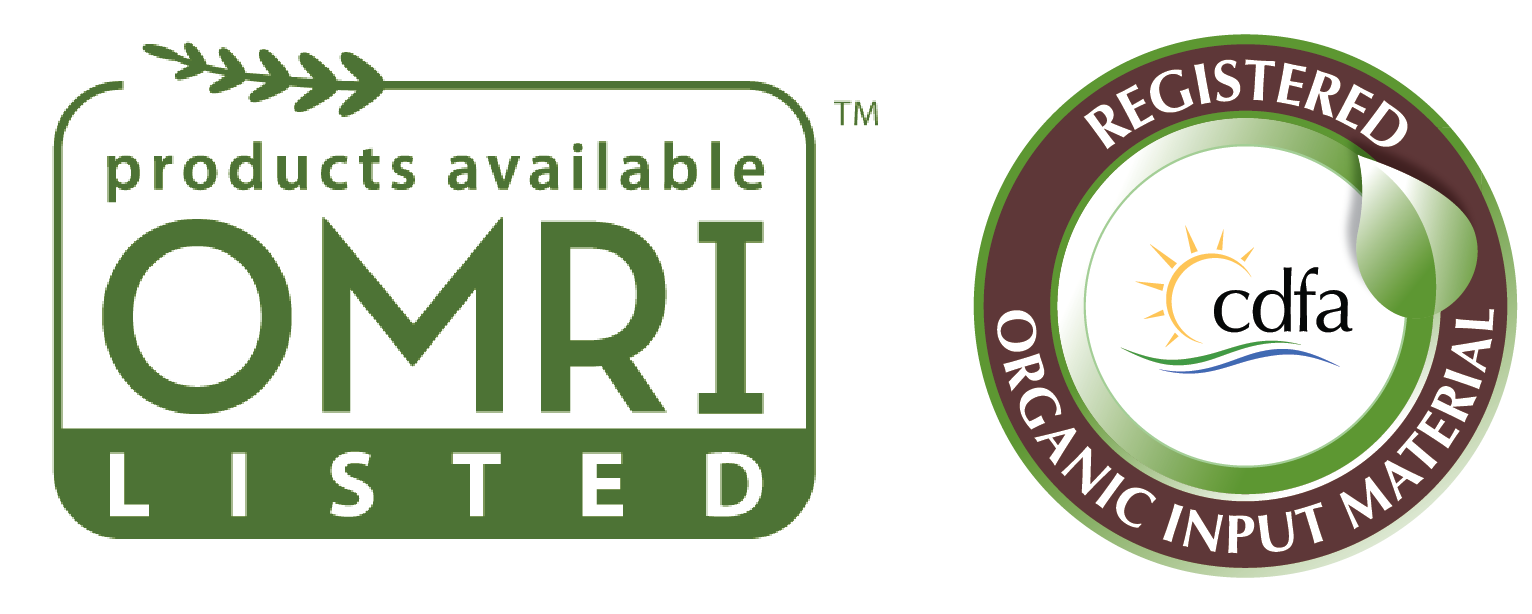Brewing

Brewing
Maximizing the Benefits of Microbes
Utilizing the tank brewing method offers significant advantages for propagating microbial inoculants. Your task specific organisms like bio-fertilizers, bio-fungicides, bio-nematicides, bio-pesticides, nitrogen fixers, phosphate solubilizers, or humus-building microbes should be your focus. Brewing your own inoculations effectively promotes high-production, low-cost, and low-problem agriculture. To start, it's crucial to eliminate chlorine from your water source, as it can destroy your inoculum. The secret is to bubble off the chlorine with an aerator until there is zero smell of out gassing chlorine.
Ensuring adequate oxygen supply throughout the brewing process is essential. Maintaining a minimum of 6 ppm of dissolved oxygen prevents suffocation of the microbial workforce midway through the cycle. Microbe food is required to multiply your inoculum. Microbes require nutrients to multiply, including fats, carbohydrates, proteins, and trace minerals. These are all provided in every PureAg blend but augmenting with supplements such as liquid fish, amino acids, kelp, fulvic acid, humic acid, trace minerals, and black strap molasses enhances success.
Promoting a Bacteria Versus Fungi Inoculum
Most organisms brew within 12 to 18 hours, with fungal brews showing better counts after 36 hours. Achieving a fungal-dominated inoculum presents a challenge, as bacteria divide rapidly and release alkaline exudates that slow fungal proliferation. pH is the key here. Maintaining a pH below 4.7, promotes fungi to proliferate. This can be achieved with natural acids like vinegar or citric acid, although repeated acidification may be necessary due to bacterial exudates pushing up the pH. Using a buffered pH modifier like PureAg Over Propagation can help manage this.
The completed brew should have a rich earthy smell and some bubbles or froth on top. One final suggestion to improve the performance of the end brew – feed the biology. Fungi thrive on more complex foods like humic acid and kelp, while bacteria prefer simpler options like sugar, molasses, or fulvic acid. Fish hydrolysate serves as a beneficial food source for all organisms.

